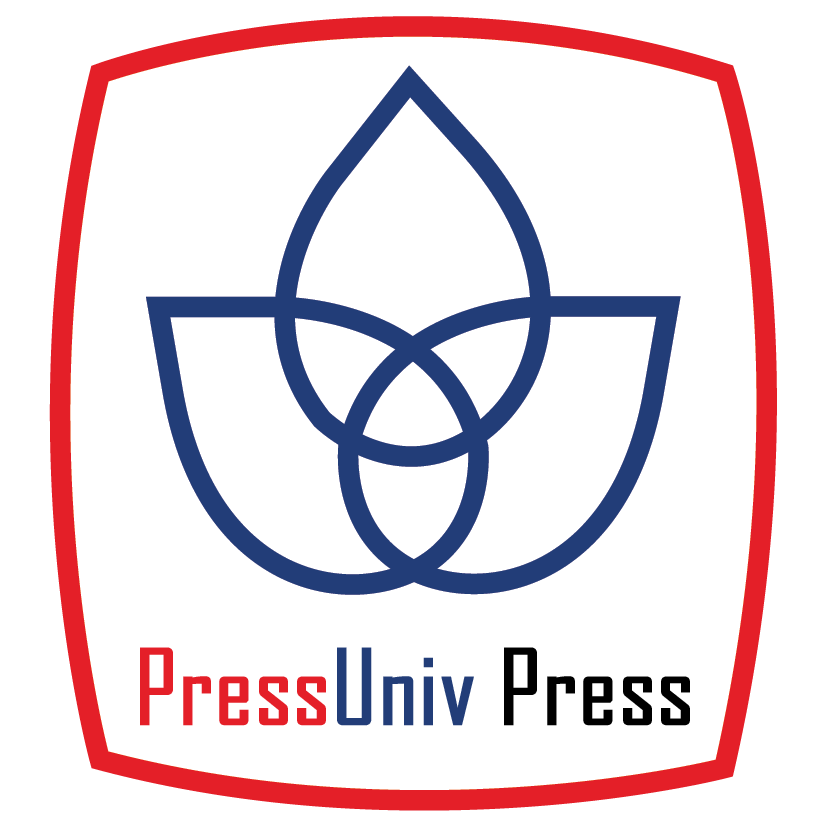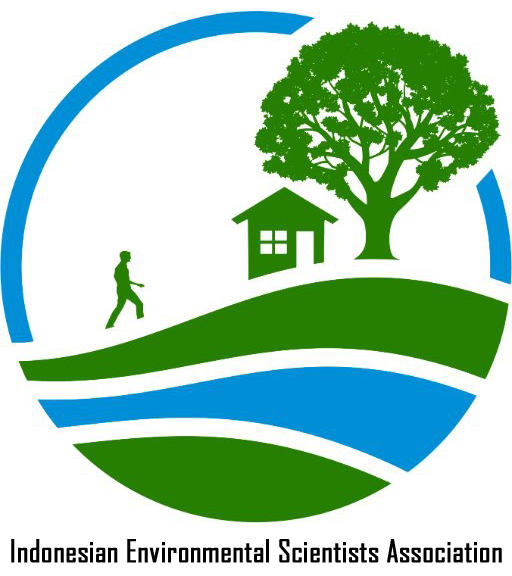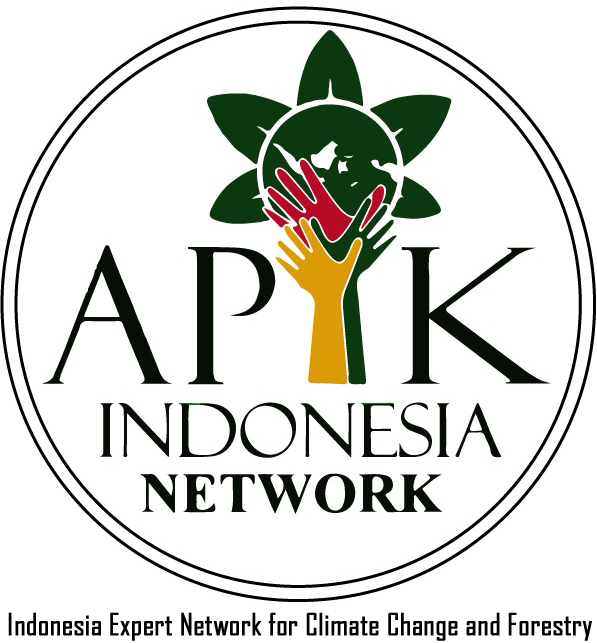AIR QUALITY MONITORING IN INDUSTRIAL ESTATE (Case Study: Jababeka Industrial Estate, Cikarang)
Abstract
Full Text:
PDFReferences
World Health Organization. 2016. Ambient air pollution: A global assessment of exposure and burden of disease. Department of Public Health, Environmental and Social Determinants of Health (PHE) World Health Organization.
A. Prüss-Üstün, J. Wolf, C. Corvalán, R. Bos, and M. Neira, 2016. Preventing disease through healthy environments: a global assessment of the burden of disease from environmental risks, Second edition. Geneva, Switzerland: World Health Organization, 2016.
D. C. Carslaw and K. Ropkins. 2012. “openair — An R package for air quality data analysis,” Environmental Modelling & Software, vol. 27–28, pp. 52–61, Jan. 2012.
M. Rotatori, R. Salvatori, and R. Salzano, 2011. “Planning Air Pollution Monitoring Networks in Industrial Areas by Means of Remote Sensed Images and GIS Techniques,” Mauro Rotatori, Rosamaria Salvatori and Roberto Salzano (2011). Air Quality Monitoring, Assessment and Management, Dr. Nicolas Mazzeo (Ed.), ISBN: 978-953-307-317-0, InTech.
C. Poboon, W. Jongjaiphakdee, and T. Singkham. 2012. “Air pollution management in Rayong’s industrial area, Thailand,” presented at the AIR POLLUTION 2012, A. Coruna, Spain, pp. 189–199.
M. Hassan, A. H. Malik, A. Waseem, and M. Abbas. 2013. “Air pollution Monitoring in Urban Areas due to Heavy Transportation and Industries: a Case Study of Rawalpindi and Islamabad,” p. 8. J.Chem.Soc.Pak., Vol. 35, No. 6.
K. L. Njoku, T. J. Rumide, M. O. Akinola, A. A. Adesuyi, and A. O. Jolaoso. 2016. “Ambient Air Quality Monitoring in Metropolitan City of Lagos, Nigeria,” Journal of Applied Sciences and Environmental Management, vol. 20, no. 1, p. 178, May 2016.
Yusuf KA, Oluwole S, Abdusalam IO. 2013. Spatial Patterns of Urban Air Pollution in an Industrial Estate, Lagos, Nigeria. International Journal of Engineering Inventions Volme 2 Issue 4, PP 01-09.
Effiong Ukorebi ETIM. 2012. “Estimation of pollution load from an industrial estate, south-western Nigeria,” African Journal of Environmental Science and Technology, vol. 6, no. 2, Feb. 2012.
R. Liu, X. Liu, B. Pan, H. Zhu, Z. Yuan, and Y. Lu. 2018. “Willingness to Pay for Improved Air Quality and Influencing Factors among Manufacturing Workers in Nanchang, China,” Sustainability, vol. 10, no. 5, p. 1613,
R. Febrina, 2013. “ANALISIS KUALITAS UDARA AMBIEN DI KAWASAN INDUSTRI BANDAR LAMPUNG,” Program Keahlian Analisis Kimia Program Diploma, Institut Pertanian Bogor.
Y. Ruhiat, A. Bey, I. Santosa, and L. O. Nelwan, 2008. “PENYEBARAN PENCEMAR UDARA DI KAWASAN INDUSTRI CILEGON,” ResearchGate p. 12.
R. E. Handriyono, 2017. “KAJIAN BEBAN EMISI SO2 DAN NOx DARI KEGIATAN INDUSTRI DI KAWASAN INDUSTRI SIER SURABAYA `,” Jukung Jurnal Teknik Lingkungan, 3 (2), p. 41-46.
A. Szulecka, R. Oleniacz, and M. Rzeszutek. 2017. “Functionality of openair package in air pollution assessment and modeling — a case study of Krakow,” Ochrona Srodowiska i Zasobów Naturalnych, vol. 28, no. 2, pp. 22–27,
I. Agustine, H. Yulinawati, E. Suswantoro, and D. Gunawan, 2017. “APPLICATION OF OPEN AIR MODEL (R PACKAGE) TO ANALYZE AIR POLLUTION DATA,” INDONESIAN JOURNAL OF URBAN AND ENVIRONMENTAL TECHNOLOGY, vol. 1, no. 1, p. 94,
DOI: http://dx.doi.org/10.33021/jenv.v4i2.783
Copyright (c) 2019 Filson M. Sidjabat, Rijal Hakiki and Temmy Wikaningrum

This work is licensed under a Creative Commons Attribution-ShareAlike 4.0 International License.
Journal of Environmental Engineering and Waste Management Published by PresUniv Press, in collaboration with IESA and APIK Indonesia Network




